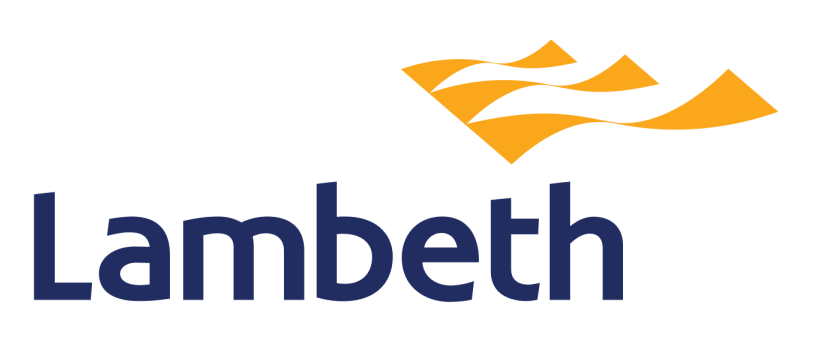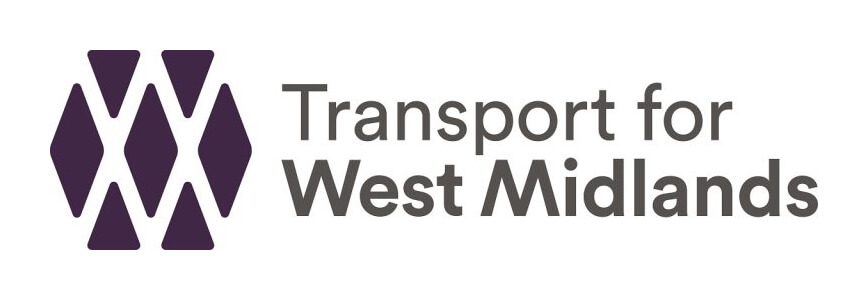
Understand your segments
Mosaic groups together individuals likely to share similar demographics, lifestyles and behaviours into 18 summary groups and 68 detailed types, which are given codes and names – such as ‘A – Lavish Lifestyles’ – and descriptions of the likely characteristics of the households falling within these types.
Below you can see a breakdown of these key groups and types.
Jump to segment:
A - Lavish Lifestyles | B - Pension Prosperity | C - Country Heritage | D - Upmarket Commuters | E - Respectable Retirement | F - Mature Homekeepers | G - Suburban Childhoods | H - New Beginnings | I - Family Endeavours | J - Single Spaces | K - Urban Basics | L - Elderly Essentials | M - Modest Meadows | N - Value-seeking Families | O - High-flying Metropolitans | P - Successful City Families | Q - Side-by-side Economy | R - Youthful Independence
A: Lavish Lifestyles
High-wealth residents of city and country, with generous incomes, substantial assets and the most expensive homes.
Key features:
- Very high incomes
- Most expensive properties
- High value assets
- Very financially-savvy
- Donates to charities
- Ocado and Waitrose shoppers


A01: Mansion Millionaires
Wealthy households who own million-plus properties in premium, tree-lined locations.
Key features:
- Large families with the highest incomes
- Most expensive properties
- Senior business roles and directors
- Substantial assets and financial products
- Luxury cars
- Lavish spending

A02: Exclusive Enclaves
Established households in expensive detached homes within select commutable neighbourhoods
Key features:
- Very affluent homeowners
- Business owners and leadership roles
- Very high incomes and discretionary spending
- Investment and savings products
- Large saloon or executive vehicles
- Holiday spenders

A03: City Society
Influential residents of luxury city centre properties with extremely high incomes and assets
Key features:
- Very high incomes
- Expensive rented flats
- Located in the capital and other big cities
- Social lifestyles
- High spend on clothing and personal care
- Business flights
B: Pension Prosperity
Financially-set older homeowners in desirable suburbs and villages, who now have space and resources.
Key features:
- Wealthy retirees
- Financially-savvy retirees
- Own large detached properties
- Established residents
- Vey high discretionary incomes
- Traditional media


B04: Silver Serenity
Well-off elderly singles with good pension assets, in spacious houses within leafy communities.
Key features:
- Elderly single adults
- High financial sophistication
- High discretionary incomes
- Owns expensive detached houses
- High value assets
- Charitable donations

B05: Golden-age Couples
Long-term marital partners who own quality detached homes in attractive suburbs and large villages.
Key features:
- Older married couples with no children
- High pensions and investment products
- Established residents
- Own expensive detached houses outright
- High pensions and investment products
- High holiday spend

B06: Settled Maturity
Established empty-nesters who are long-time owners of sought-after suburban homes.
Key features:
- Mature singles and couples nearing retirement
- Established residences in sougth-after areas
- High energy usage and costs
- Traditional communication channels
- Charitable donations
- Enjoys going to the gym

B07: Retirement Aims
Experienced older homeowners in less dense commutable suburbs, looking forward to enjoying their workplace pensions.
Key features:
- Pre-retirement lifestages
- High personal incomes
- Settled in leafy suburbs
- Diversified portfolios
- Low to no mortgage
- Price comparison sites
C: Country Heritage
Well-off owners of comfortable properties in rural locations with land or surrounding gardens.
Key features:
- Self-employed directors
- Wealthy families in the countryside
- Large older properties
- Financially-savvy
- Enjoy time outdoors
- Owns several vehicles
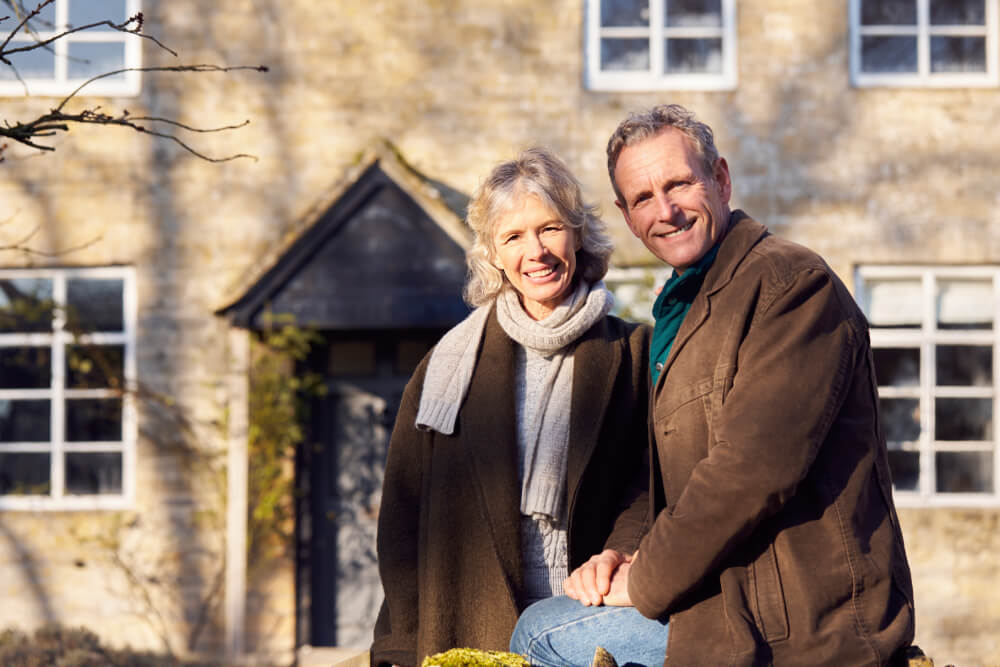

C08: Rural Landowners
Asset-holding older couples and singles who are stewards of large rural properties including farms.
Key features:
- Farms and land owners
- Very expensive homes with little-to-no mortgages
- High value assets
- High education levels
- Self-employed
- High energy costs

C09: Room to Grow
High income families living in rural locations to provide a country upbringing in a spacious environment.
Key features:
- Families with multiple children
- Sustainably minded
- Higher-levels of self employment
- Prefers buying online
- Health-concious
- Expensive weekly shopping

C10: Rural Kinship
Prospering multi-generational households in countryside properties with generous surrounding plots.
Key features:
- Multi-generational households
- Expensive detached houses
- High discretionary incomes
- Long-standing homeowners
- Enjoys outside activities
- Multiple vehicle

C11: Village Retreats
Well-off mature couples and singles in cosy, attractive properties within a village atmosphere.
Key features:
- Mature couples and singles
- Entering retirement
- Idylic rural locations
- High energy usage and costs
- Good pension provisions
- Traditional media
D: Upmarket Commuters
High-income families in quality, modern-era homes located in desirable, low-density neighbourhoods
Key features:
- High-earning families
- Large detached homes
- High mortgage values
- Successful careers
- Owns smart technology
- High shopping spend


D12: Flourishing Families
Affluent families with several children in spacious family homes in green neighbourhoods.
Key features:
- Families with multiple children
- Very high household incomes
- Large detached houses
- Highly educated
- Pension planning
- Active family lifestyles

D13: Garden-belt Groves
Career-minded families in comfortable homes in desirable commuter locations.
Key features:
- High personal income
- Families with 1 or 2 children
- Large detached houses
- High mortgages but high discretionary income
- Enjoys physical activities
- High spend on non-essentials

D14: Equity Havens
Well-funded families with adult children, who own modern-era detached homes in leafy areas with good road connections.
Key features:
- Families with comforable resources
- Large detached houses
- Lower density neighbourhoods
- Several investable assets
- Holiday spenders
- Owns several vehicles

D15: Greenfield Dreamers
Thriving families with children, who own superior homes in peripheral recent developments.
Key features:
- High salary families
- High-end new development homes
- Above average discretionary income
- Tech-savvy
- Health-concious
- Fast download speeds
E: Respectable Retirement
Senior outright-owners of mid-range homes, with sufficient pension incomes to provide for their later years.
Key features:
- Retired singles and couples
- Established residences
- Comfortable incomes
- Owns financial investment products
- Watches live TV
- Low internet use


E16: Solo Veterans
Advanced-age solo owners of average suburban semis, now living alone in what was the long-term family home.
Key features:
- Elderly singles
- Paid-off mortgages
- Respectable pensions
- Long-standing residences
- Enjoys cruises and coach tours
- Newspaper readers

E17: Parish Pensioners
Financially-secure elderly singles owning modest but pleasant homes in large villages where community thrives.
Key features:
- Elderly singles
- Long standing residences
- Rural areas
- Owns valuable assets
- Paid-off mortgages
- Healthy diets

E18: Stable Sanctuary
Couples growing old together in their long-standing homes, pleasant but modest outer suburban or small-town semis.
Key features:
- Retired couples
- Paid-off mortgages
- Long-standing residences
- Respectable pensions
- High discretionary incomes
- Low internet use

E19: Sunset Views
Older married couples with two pension incomes, who have moved to retirement bungalows in popular locations.
Key features:
- Elderly retired couples
- Paid-off mortgages
- Bungalows
- Investable assets
- Low personal incomes
- Car trade-in or leasing

E20: Bungalow Destination
Mature homeowners with adult children still at home, settled in traditional inner-suburban semis with low mortgages.
Key features:
- Mature families with adult children
- Semi-detached houses
- Low to no mortgages
- High energy usage and costs
- A-level qualifications
- Enjoys sports
F: Mature Homekeepers
Homeowners in their later working life, who live in conventional family housing on streets offering value for money.
Key features:
- Pre-retirement lifestages
- Low to no mortgages
- Young adults living with parents
- Long term residents
- Small charity contributions
- Limited internet use
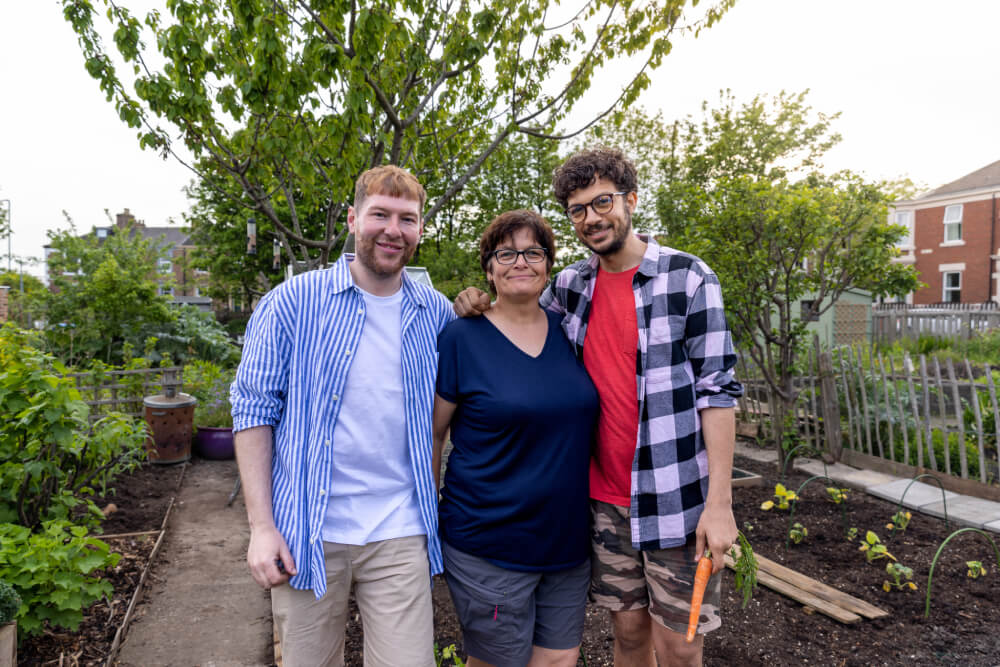

F21 - Kept in the Family
Mature homeowners with adult children still at home, settled in traditional inner-suburban semis with low mortgages.

F22: Small Town Generations
Older families with adult children, living in standard-sized houses in small town communities.
Key features:
- Young adults living with parents
- Mortgages less than £100k
- City outskirts and villages
- Owns several vehicles
- Commute to work
- Enjoy outdoor activities

F23: Childfree Comfort
Pre-retirement owners of affordable semis in city neighbourhoods that offer value for money.
Key features:
- Pre-retirement singles
- Low to no mortgages
- Below average incomes
- Low internet use
- Not tech-savvy
- Low holiday spend

F24: Modest Maturity
Ageing singles, many still working, who own modest homes within local communities.
Key features:
- Older singles
- Long-standing homeowners
- Low energy usage
- No qualifications
- Low incomes
- Enjoys watching TV
G: Suburban Childhoods
Double-income families raising their children in average-value suburban homes with mortgages.
Key features:
- Families with multiple children
- Above average household incomes
- Mid to high mortgage debts
- Enjoys child-oriented activities
- News via the internet
- Own smart technology


G25: Mid-life Progress
Middle-aged couples with one or more teenage children, in pleasant suburban homes they bought some years ago.
Key features:
- Mature families
- Older children
- City suburbs and commuter villages
- High incomes
- Established in the community
- Expensive weekly shopping

G26: Primary Commuters
Married couples living child-centred lifestyles with more children than average in value for money housing in commutable suburbs.
Key features:
- Middle-aged families with multiple children
- Commuter villages
- Workplace pensions
- Prefer online channels
- High mobile usage
- Enjoys children-oriented activities

G27: Childcare Focus
Working parents with young children in small suburban semis with decent salaries but high outgoings.
Key features:
- Young couples and families
- University educated
- Young children
- High expenses
- Budget holidays
- Sustainability-minded
H: New Beginnings
Young households with good salaries who have bought recently built homes, often on the outskirts of communities.
Key features:
- Properties built post-2010
- Length of residence 1 to 3 years
- Low energy usage and costs
- Made recent financial actions
- Commutes medium to long distances
- High spend on non-essentials


H28: Modern Starters
Pre-children singles and couples with progressing careers who have moved into recently constructed homes.
Key features:
- Young singles and couples
- Properties built since 2010
- Above average income
- Social lifestyles
- High mobile usage
- Non-essential spenders

H29: Early-years Pioneers
Young family focused parents with many pre-school children in compact properties on recently built estates.
Key features:
- Families with young children
- Properties built since 2010
- Low energy usage and costs
- Prefers buying online
- Monthly gym memberships
- Social media users

H30: Just Built
Households choosing a fresh start in brand new developments on the outskirts of towns.
Key features:
- Properties built in the last 2 years
- Mortgages
- Above average household incomes
- Sustainably minded
- High spend on non-essentials
- Tech-savvy
I: Family Endeavours
Families with young or adult children, who have low budgets and typically rent from social landlords.
Key features:
- Families with multiple children
- Low affluence
- Council/HA tenants
- Routine occupations
- Camping holidays
- High social media presence


I31: Small-scale Families
Small families, often one parent and child, with little money to spare, in compact social housing units.
Key features:
- Young families
- Purpose-built flats
- Low incomes
- Council/HA tenants
- Low-level qualifications
- Social media users

I32: Squeezed Living
Families with many children in low-cost social housing where space is at a premium and budgets are stretched.
Key features:
- Middle-aged families
- Several children
- Council/HA tenants
- Low level qualifications
- Plays video games
- Shop on mobiles

I33: Bargain Homeowners
Modest-income older couples with adult offspring in small terraces, who are near-outright owners but have few savings.
Key features:
- Older couples
- Terraced houses
- Low mortgage values
- Established residents
- Routine occupdations
- High energy spend

I34: Cost-conscious Families
Mature families with young adults and teens, sharing resources in low-value semis on traditional social estates.
Key features:
- Shared resources
- Young adults living at home
- Council/Housing association
- Low discretionary incomes
- Price-conscious
- Budget holidays

I35: United Effort
Older families with adult children, pooling limited resources in terraced social homes within city and town estates.
Key features:
- Multiple working-age adults
- Low discretionary incomes
- Council/Housing association
- City suburbs
- Price-motivated shoppers
- Check product reviews
J: Single Spaces
Working individuals usually living alone in one or two bed apartments.
Key features:
- Working singles
- Low value flats
- Rents privately
- Low discretionary incomes
- Shops for basics
- Sociable lifestyles


J36: Suburban Simplicity
Working singles living in modern-era apartments built as cost-effective options amongst suburban housing.
Key features:
- Working singles
- Energy efficient purpose-built flats
- Outer suburbs
- Mix of private renters and council housing
- Below average incomes
- Low utility bills

J37: Walk Up Workers
Middle-age singles living in economical private flats and tenements in cities and large towns.
Key features:
- Mature singles
- Renting purpose-built flats
- Accessible city locations
- High level of transience
- Low discretionary incomes
- Shops for basics

J38: Town Centre Tenants
Younger people renting converted flats in town centres close to high streets and local amenities.
Key features:
- Younger singles
- New to the area
- Renting converted flats
- Limited discretionary incomes
- Uses public transport
- Moderate social media users
K: Urban Basics
Tenants with minimal cash to spare, living in small social flats or houses within urban locations.
Key features:
- Very low affluence
- Council/HA tenants
- Urban areas
- High levels of unemployment
- No financial products
- Very limited spending
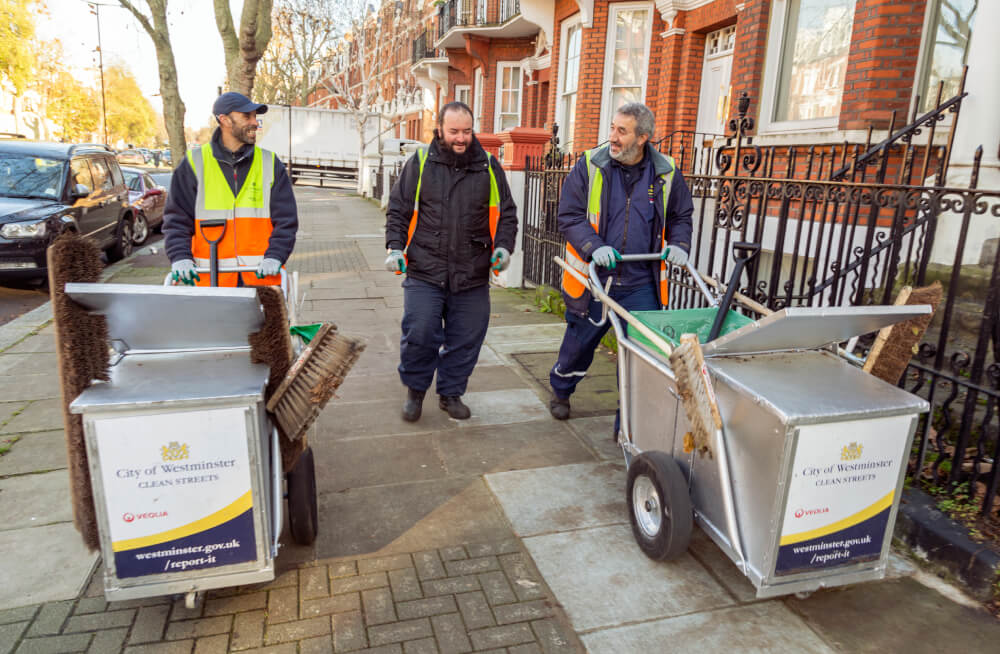

K39: Downtown Thrift
Minimum wage essential workers who keep cities running, renting social flats in expensive central areas.
Key features:
- Urban areas
- Purpose-built flats
- Council/Housing association
- Low discretionary incomes
- Uses public transport
- Actively online

K40: Pre-pension Squeeze
Settled older social renters in small flats or houses, many single and not in employment, managing minimal budgets.
Key features:
- Densely populated areas
- Low value council housing
- Low incomes and budgets
- Mix of unemployment and retirement
- TV news and advertisement
- Low mobile phone expenditure

K41: No-frills Flats
Singles with extremely limited income in the most basic small-unit social housing.
Key features:
- Single adults
- Low value flats
- Very low discretionary incomes
- Unemployment
- Uses public transport
- Low food spend
L: Elderly Essentials
Pensioners with low retirement incomes living in modest-sized homes.
Key features:
- Retired singles and couples
- Low affluence
- Limited qualifications
- Purpose-built developments for retirees
- Carefully manage budgets
- Traditional media


L42: Retirement Living
Elderly people living in attractive small flats that are often designed and built as retirement communities.
Key features:
- Retired singles
- Purpose-built complexes
- Paid-off mortgage
- Attracitve locations
- Traditional communication
- Uses public transport

L43: Senior Solitude
Retired individuals with minimal pensions who live alone in one-bedroom social-rented flats.
Key features:
- Retired singles
- Very low incomes
- Purpose-built flats
- Council/Housing association
- Low energy usage and costs
- Low tech households

L44: Bedrock Bungalows
Ageing singles suited to one-storey housing, renting small social units on basic pensions.
Key features:
- Mature singles
- Very low incomes
- Low efficiency bungalows
- Council/Housing association
- Limited non-essential spending
- Traditional media

L45: Single Nostalgia
Seventy-plus singles living alone in long-term homes within affordable suburbs, who have modest retirement budgets.
Key features:
- Retired singles
- Paid-off mortgages
- Established residents
- Low tech households
- Thrifty spenders
- Enjoys watching TV

L46: Steadfast Couples
Seasoned married couples in modest homes where double pension incomes give a little more to spend.
Key features:
- Elderly couples
- Terraced houses
- Average discretionary incomes
- Established residents
- City suburbs and towns
- Small mortgages
M: Modest Meadows
Rural residents in low-cost houses situated in country locations further from transport links.
Key features:
- Rural locations
- Lower-cost housing
- Older retirees and working families
- No mains gas
- Limited internet use
- Outdoor enthusiasts


M47: Rustic Retirement
Later-life homeowners at or near retirement age, in remote locations where good-size plots can be bought for less.
Key features:
- Older singles and couples
- Rural areas
- Paid-off mortgages
- Low energy rating
- Established residents
- Enjoys arts and crafts

M48: Rural Roots
Families, often with children, in affordable homes situated in and around small communities in low-density, rural areas.
Key features:
- Families with multiple children
- Mix of homeowners and renters
- Commute to work
- No mains gas
- Enjoys playing games
- Enjoys camping holidays

M49: Workers Heritage
Ageing households, with lower than average affluence, who live in small terraces in rural settings, many a legacy from industrial eras.
Key features:
- Older singles and couples
- Low value terraced homes
- Countryside views
- Homeowners with little-to-no mortgage
- Manual jobs and skilled trades
- Low food spend
N: Value-seeking Families
Young couples and families with pre-school or school-age children, looking for affordability in small homes.
Key features:
- Families with multiple children
- Affordable homes
- Lower density neighbourhoods
- Price conscious
- Tech-savvy
- Enjoy online activities


N50: Setting Up Home
Young people who have recently moved to compact houses that they rent or own, often in developments in small communities.
Key features:
- Young adults focusing on their career
- Mixed tenures
- High loan-to-value mortgages
- Small towns and suburbs
- Video on-demand
- Frequent social media users

N51: Budding Families
Couples with young families living within their means in more affordable suburbs.
Key features:
- Young families with younger children
- Homeowners with a mortgage
- Limited non-essential spend
- Discount supermarkets
- Plays video games
- Tech-savvy

N52: Affordable Schoolyears
Families raising school age children in houses priced at the lower end of the market.
Key features:
- City peripheries
- Mortgages less than £100k
- Limited discretionary incomes
- Online deal-shoppers
- Children oriented activities
- Enjoys playing games

N53: Independent Parents
Parents in their thirties and forties often living solo with one or two children in affordably-owned houses.
Key features:
- Homeowners in the suburbs
- Mortgages
- Enjoy shopping online
- Affordable holidays
- Second-hand cars
- Limited non-essential spending
O: High-flying Metropolitans
Career-focused young households rewarded with good salaries, living in desirable city apartments.
Key features:
- High salary professionals
- City apartments
- Highly educated
- High-mobile usage
- Health-concious
- Sustainability-minded


O54: City Sophisticates
High salaried professionals residing in upmarket city apartments.
Key features:
- Well-educated professionals
- High value city centre apartments
- High-level occupations
- Large discretionary incomes
- Health-concious
- Informed readers

O55: Urban Careers
Culture-appreciating singles and sharers in period properties converted to flats, embracing city life.
Key features:
- London-centric
- Privately rent expensive apartments
- Comfortable discretionary incomes
- Enjoys artistic hobbies
- Use public transport
- Sustainability-minded

O56: Bright Lights
Highly educated young singles in sleek modern flat developments in accessible city locations.
Key features:
- Single professionals
- Modern upmarket city-centre apartments
- Properties built within the last 5 years
- London-centric
- High-level occupations
- Own financial products

O57: Contemporary Ambitions
Developing professionals renting post-1980 city apartments while building careers and relationships.
Key features:
- Well-educated professionals
- Privately rent city centre apartments
- Healthy discretionary incomes
- Heavy mobile usage
- Tech-savvy
- Enjoys city break holidays
P: Successful City Families
Families with comfortable incomes living in good quality urban houses within big city suburbs.
Key features:
- Large households on comfortable incomes
- Above average self-employment levels
- High property values
- Commute into the city
- Sustainably-minded
- Healthy clothing and personal care budgets


P58: Urban Villa Lifestyles
Successful urban families in desirable catchments with high mortgages, who are open to green spending.
Key features:
- Very high mortgage values
- Digitally active
- Smart home solutions
- High energy usage and costs
- University educated
- Sustainability-minded

P59: Close Kin
City families with full houses of adult and school-age children, with mid-range incomes, close to jobs, schools and shops.
Key features:
- Inner suburbs
- Combined resources
- New to the area
- Comfortable discretionary incomes
- High spend on non-essentials
- Internet and phone users

P60: Established Enterprises
Successful mature parents, many successfully self-employed, with adult children in quality older urban homes.
Key features:
- Multi-generational households
- High mortgage values
- Commute from the suburbs
- High energy usage and costs
- Financially-savvy
- Valuable assets

P61: Tenured Terraces
Older singles and couples with comfortable incomes, who are long-term owners of small-plot terraces in expensive neighbourhoods.
Key features:
- High-density suburbs
- Long standing residences
- Homeowners
- Charity donations
- Valuable assets
- Traditional media
Q: Side-by-side Economy
Households with limited disposable income, who own or rent old-style, high-density terraces from private landlords.
Key features:
- Very low value homes
- Young families living with extended relations
- Low discretionary incomes
- Very limited financial products
- Limited non-essential spending
- Price-motivated


Q62: Tight Spaces
Older pre-retirement singles, who own low-cost traditional terraces and earn basic wages in jobs close to home.
Key features:
- Lower-level occupations
- Established residences
- Homeowners
- Low energy-efficient homes
- Watch live TV
- Budget holidays

Q63: Solo Resilience
Singles with young children in very low-value old terraces, mostly paying private rents and managing tight budgets.
Key features:
- Price-conscious budgeters
- Private renters
- Low discretionary incomes
- Blue-collar work
- Plays video games
- Avid social media users

Q64: Family Collectives
Large families in old terraces within inner city suburbs earning basic wages from routine occupations.
Key features:
- Multi-generational families
- Pooled incomes
- Inner-city suburbs
- Routine occupations
- Price motivated
- Commute via public transport

Q65: Shared Costs
Multi-adult households with minimum wage jobs renting low-value traditional terraces.
Key features:
- Limited non-essential spend
- Privately renting older terraced houses
- Commute via public transport
- Low energy ratings
- High-density urban areas
- Avid social media users
R: Youthful Independence
Young earners and students enjoying independent living in compact, privately rented city accommodation.
Key features:
- Students & early careers
- Privately rent urban apartments
- Singles
- Highly transient
- Very tech-savvy
- High social media presence


R66: A Space of their Own
Youthful career-builders gaining privacy and autonomy by renting a compact modern apartment on their own.
Key features:
- Young singles and couples
- Privately renting compact modern flats
- Stream music and television
- Low energy usage and costs
- Enjoy going to the gym
- Tech-savvy

R67: Communal Cohorts
Young people, some students and others, starting career and sharing facilities in multi-occupancy rented homes in urban areas.
Key features:
- Young homesharers
- Post-grads and entry-level careers
- Heavy social media users
- Video games and new tech
- Discount supermarket shoppers
- Prefer sustainable brands

R68: Student Pods
Students renting in purpose built developments that are often all-inclusive, while experiencing university life in city centres.
Key features:
- Students
- Purpose-built developments
- Recently moved to the area
- Social lifestyles
- Shop via their mobiles
- Consume social media content

Get a closer look at the Mosaic Segmentation Portal
Bring Mosaic to life with our easy-to-use online “Segmentation Portal” built to help you explore the Mosaic segmentations
- Understand customers groups through visual, descriptive and statistical insights including behaviour, interests, and spending habits.
- Profile your data by appending Mosaic Groups and Types to see key characteristics of your customers.
- Identify ideal audiences using filters, like age, income and marital status to find similar or target groups.
- Compare trends by exploring distributions, example locations and similarities between segments.
Who uses Mosaic?
Thousands of businesses covering a diverse range of sectors use Mosaic. Well known brands as well as public sectors covering emergency services through to local and national government, leading agencies and media organisations all make use of Mosaic to make their marketing more effective.

Experian help Bunches increase new customer orders to 80% of targeted inserts
"Mosaic is really powerful for making good marketing decisions. We love the data; it's great to identify trends and see nuances of buying behaviour."
Dani Turner, Customer Experience Director, Bunches

Experian help Lambeth Council better understand the impact of the cost of living crisis on its residents
"The Experian data has been crucial in helping us plan for potential increases and anticipate our residents' financial situations. The geographic breakdown of the data has been especially helpful, as it provides us with a more tangible basis for decision-making, beyond just tables or lists."
Abbigail Sancto, Data Analyst, Lambeth Council

Experian help Salford City Council better understand how and where to address public health issues
"Mosaic delivers what we need it to. It helps us meet the twin aims of better understanding our population and how best to reach those we need to. The most value is gained from the huge number of measures available and then being able to map that data down to the most granular household level."
Gordon Adams, Strategic Intelligence Manager at Salford City Council
Get in touch to find out how Mosaic can help your business
View our Privacy Policy for details on use and storage of your personal data.
*Denotes a required field




